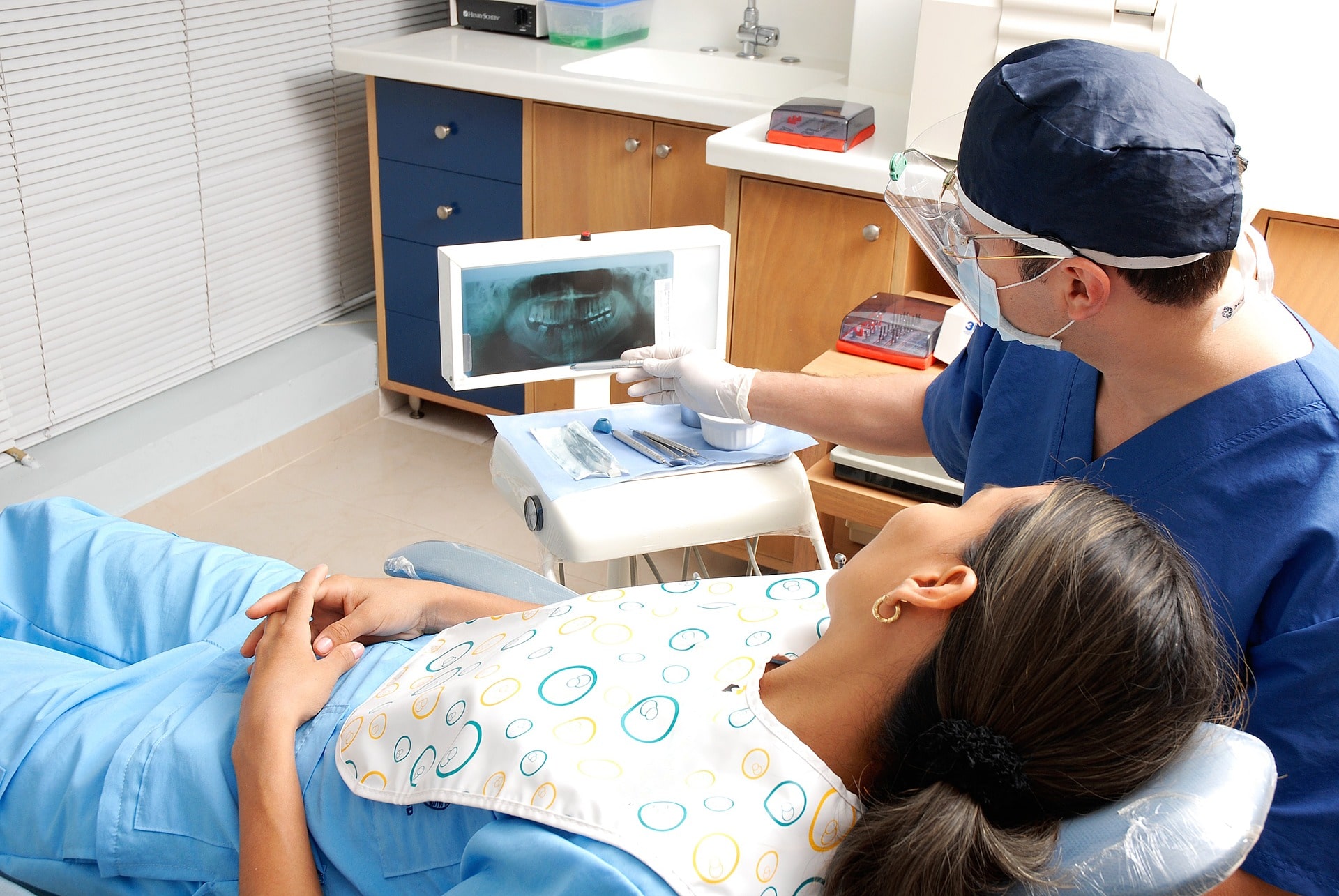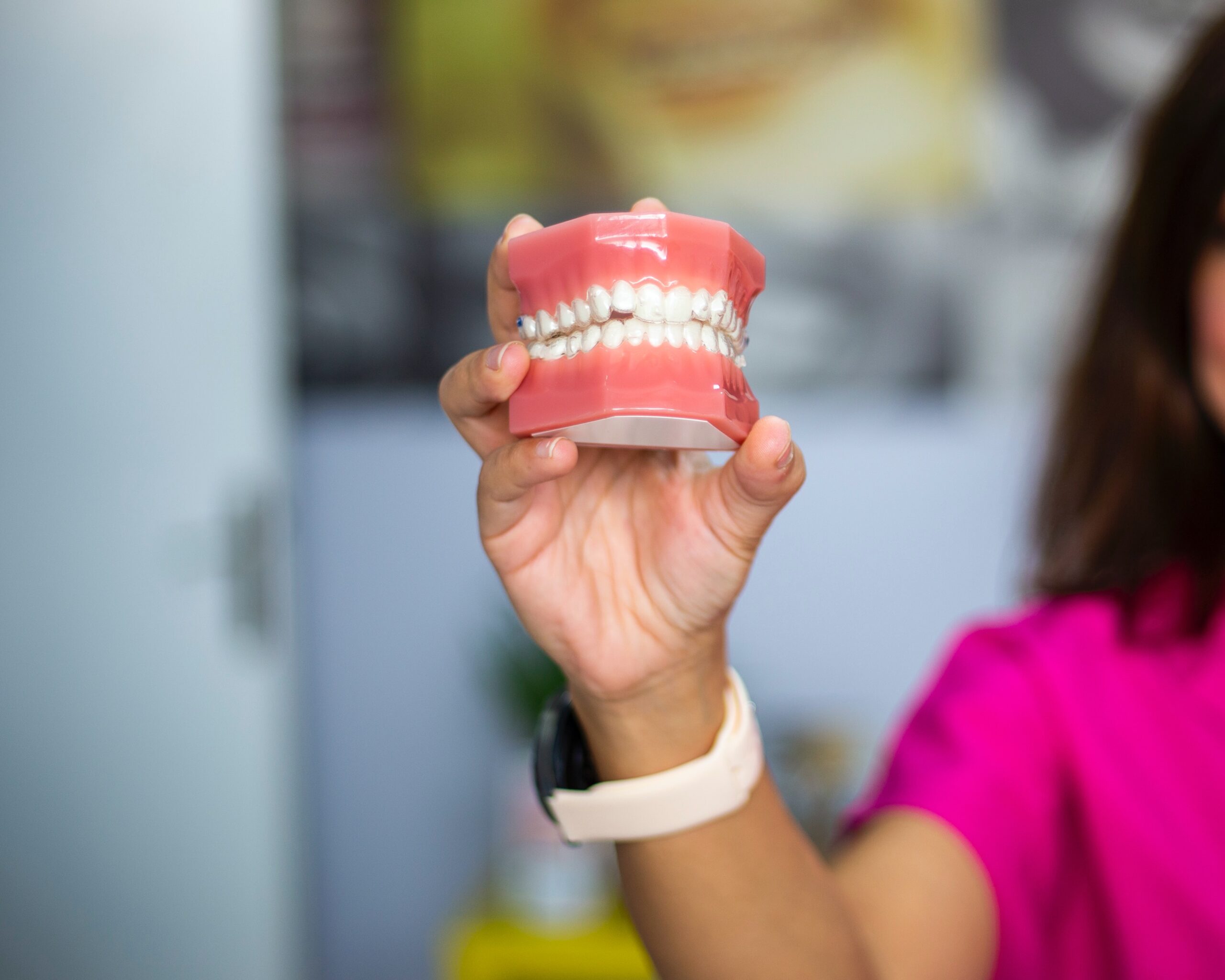Quiz: How Well Do You Know the Dental Practice Transition Process?

You’ve kept up with our blog; now it’s time to put your dental practice transition knowledge to the test. We’ve put together a 10-question quiz that covers everything from the different types of transitions to the factors that contribute to the “goodwill” of your practice. The prize for a perfect score? Priceless information to help guide you through the dental practice transition process.
1.) Which of the following is a top reason to sell your dental practice?
a.) Retirement
b.) Maximize management responsibilities
c.) Marriage or divorce
d.) None of the above
2.) What is one way to increase the value of your practice before you sell?
a.) Limit services
b.) Sell equipment
c.) Lower expenses
d.) Increase expenses
3.) Who is buying dental practices?
a.) Dentists looking for an additional location
b.) Dental service organizations (DSOs)
c.) Associates
d.) All the above
4.) What is one consideration you should make when relocating your dental practice?
a.) Smaller square footage
b.) Proximity to competition
c.) Overhauling equipment and building
d.) Maximizing downtime
5.) When should you start thinking about a pre-retirement plan?
a.) 3–5 years
b.) 5–10 years
c.) 10–20 years
d.) Never
6.) How should you notify your patients of a dental practice transition?
a.) When they show up for their next appointment
b.) Joint letter to patients and newspaper announcement
c.) Changing the name of the practice
d.) None of the above
7.) What changes could you make after a dental practice transition?
a.) Discontinue supplies
b.) Bring more specialty work in-house
c.) Lay off employees
d.) Sell patient list
8.) What is one factor that does not contribute to the valuation of a dental practice?
a.) Office hours
b.) Return on investment
c.) Accounts payable
d.) Equipment
9.) What factors contribute to the “goodwill” of a dental practice?
a.) Community status
b.) Patient relationships
c.) Staff loyalty and longevity
d.) All the above
10.) Which of the following is NOT a type of dental practice transition?
a.) Buy-in
b.) Associateship
c.) Distribution
d.) Merger
Answer key:
(1.) A. Retirement; (2.) C. Lower expenses; (3.) D. All the above; (4.) B. Proximity to competition; (5.) A. 3–5 years; (6.) B. Joint letter to patients and newspaper announcement; (7.) B. Bring more specialty work in-house; (8.) A. Office hours; (9.) D. All the above; (10.) C. Distribution
To learn more about the transition process, check out a few of our previous blog posts:
Why should you sell to a dental service organization?
How can you lower your dental practice overhead?
What are the sections of a dental practice prospectus?
What types of dental practice agreements will you enter?
Who should you have on your team of advisors?
How should you choose a lender?
What questions should you be asking yourself before selling your dental practice?
What considerations should you make before starting a multispecialist dental practice?
What questions should you be asking your buyer?
How can you ensure a successful dental practice transition?
What options are available for dental school graduates?










